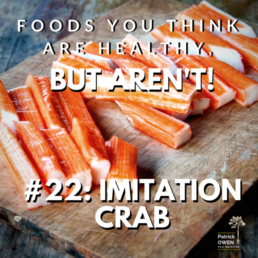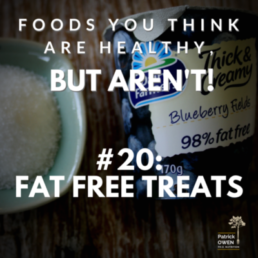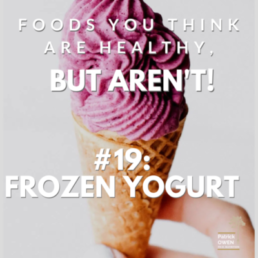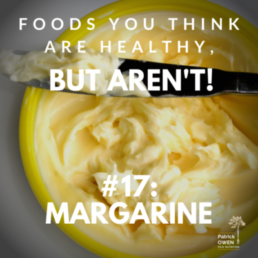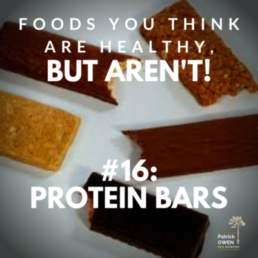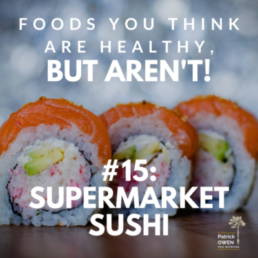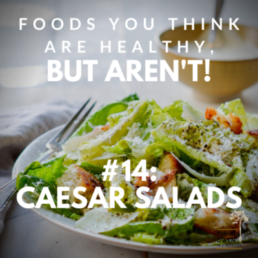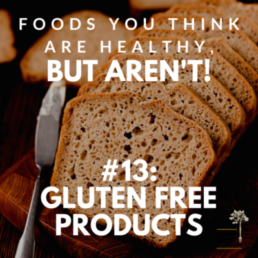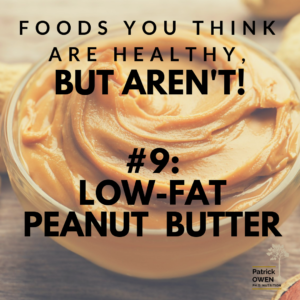
WHY WE THINK IT’S HEALTHY:
Full of healthy monounsaturated fats and protein, peanut butter has been a comfort food for pregnant women and bodybuilders. It’s pretty high in calories, though, which makes the reduced-fat version more attractive and healthy option.
WHY IT’S NOT:
Peanut butter is actually a very decent source of nutrients and tastes delicious. Unfortunately, commercial peanut butters contain added sugars, hydrogenated vegetable oils and salt. Unlike partially hydrogenated oils, fully hydrogenated vegetable oils don’t contain any trans fats. Nonetheless, it’s disappointing to find canola or soybean oil — likely genetically modified — in a product that naturally has a healthy lipid profile.
The situation is made ludicrous in low-fat versions in which the natural peanut oil is removed almost entirely and the cheap hydrogenated vegetable oils are kept in, along with even more sugar.Take, for example, the list of ingredients in Skippy’s original peanut butter: roasted peanuts, sugar, hydrogenated vegetable oils (cottonseed, soybean and rapeseed), and salt. Now take a look at the low-fat version: roasted peanuts, corn-syrup solids, sugar, soy protein, salt, hydrogenated vegetable oils (cottonseed, soybean and rapeseed), mono and diglycerides, minerals, and vitamins.
Ironically, even though the low-fat version has 25% less fat, it has the same number of calories as the original version. Skip the low-fat peanut butters and try to limit your intake of commercial peanut butters. The best thing for you is the real stuff: no vegetable oils, fillers or added sugars — just roasted peanuts and a bit of salt. Natural peanut butters separate, so you’ll need to stir it. If you’re too lazy to stir, then find a natural health food store where you can grind your own peanuts. It doesn’t separate for a few weeks, giving you ample time to polish it off.
